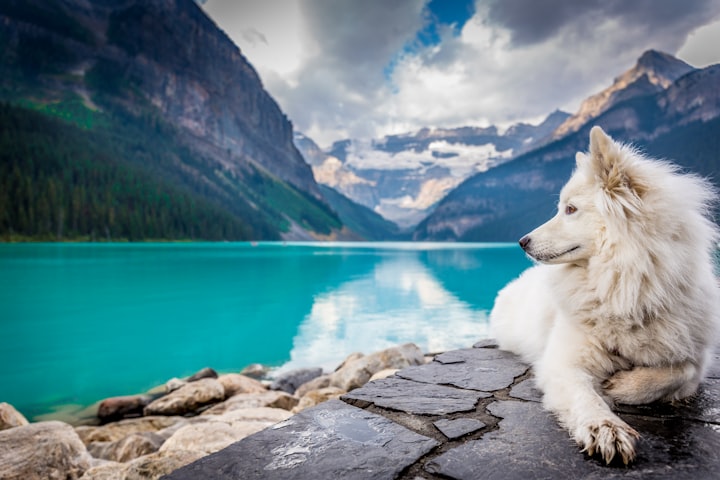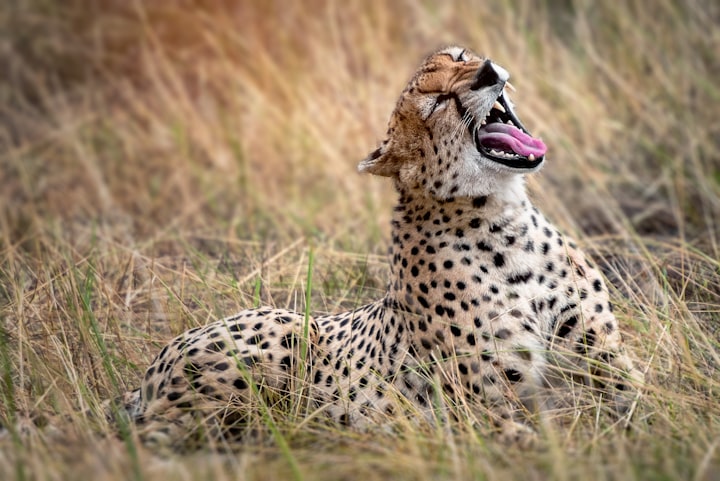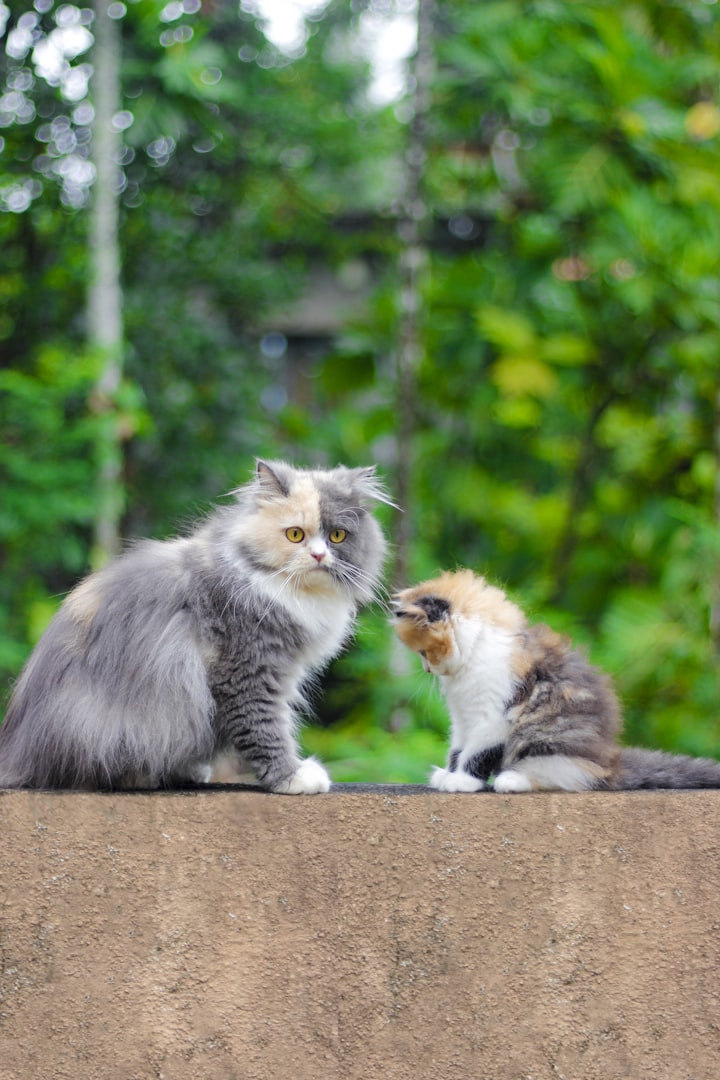Tips on Helping Wildlife Thrive in Changing Climates
Wildlife struggles as we struggle
To start helping wildlife thrive. People can begin in their gardens by planting flowers throughout the year. Winter-active bumblebees are a particular benefit of winter-flowering plants. Flowering gaps provide continuous service to pollinators, and flowering ivy provides an essential food source for ivy bees.
Changing climates
In addition to protecting the habitat of native animals and plants, society could also implement strategies to make these ecosystems more resilient to climate change. These strategies include identifying zones of genetic variability and increasing connectivity between natural areas. Such measures help animals and plants migrate to cooler regions and maintain genetic diversity and phenotypy plasticity.
Changing climates disrupt many seasonal signals that animals and plants use to determine the best times to reproduce.
This is causing many species to re-examine their life cycles.
For example, the drought stress in the western US is causing trees to die. This dead wood is an increasing fuel source for wildfires. Additionally, larger floods are projected to increase erosion and degrade aquatic habitat.
Managing weeds
Weed control is one of the most costly aspects of land management. However, private and public landowners can help reduce the amount of noxious weeds by managing their landscapes and minimizing the need for expensive weed control methods. Proper weed control can also help regenerate lands that have been damaged by noxious weeds.
It is imperative to inspect the property each spring to identify any noxious weeds and control them before they become a major problem.
To ensure that native species can thrive, it is important to minimize disturbance to natural vegetation. This means managing weeds and other invasive species to leave room for native species to thrive. By doing so, one can be creating a habitat that attracts wildlife.
Pests
There are also a few options for helping wildlife thrive in a city. While many species of animals can survive in urban environments, others need to be in the wild to survive. Some of these species can even survive in a persons very backyard. It probably vital to learn what species live in the area.
First, make sure to provide a natural habitat for animals. People can do this by planting native plants. These plants are inexpensive and easy to grow. Native plants are a good choice because they provide habitat for different types of wildlife. Whether its for attracting butterflies or caterpillars, consider planting different types of plants near their habitats.
Providing habitat for wildlife is the easiest way to help them thrive. This can be done by restoring native grasslands, forests, and coastal ecosystems. Restoring habitat can involve planting native species and removing old fences and invasive plants. Additionally, participating in local trash clean-ups can help protect the habitats of endangered species.
Lowered Immune Systems
Urbanization and development have had a huge impact on wildlife in cities. They disrupt the range of certain species and make it difficult for them to track the climate envelope suitable for their lifestyles. Other changes in ecosystems such as increased human activity and pollution are also threatening the survival of wildlife.
The easiest way to help wildlife is to protect and improve their natural habitats. This can be done by planting native species and removing invasive plants from their habitats. Removing old fences and other structures that make it difficult for wildlife to move around. Even if one is not an expert in conservation

Preserving Wildlife For the Premature Future
There are three important elements that should be considered when planning for the future of wildlife. These are climate change, invasive species, and wild meat. Adaptability and resilience to each of these threats are crucial for ensuring the sustainability of wildlife populations.
Adaptability and resilience of a species to each operative threat
When preserving wildlife, determining the adaptability and resilience of a species is important. Threats are conditions or actions that will negatively impact the species or its habitat. The threats may be direct, or indirect, in nature. They may affect a species' lifespan, reproduction rates, or other characteristics.
The adaptation and resilience of a species to each existent threat is measured by its representation in habitat. The more representation a species has, the greater its chances of long-term viability. For example, the Florida Keys mole skink has a low genetic diversity and little variation between the islands.
Importation of invasive species
Invasive species are the result of human activities that bring non-native species to new areas. These species are difficult to eradicate, and once established, can spread to other suitable habitats in the area. The rate of invasion depends on the propagule pressure (number of individuals arriving in a region and release events). The process of colonization requires the invasive species to adapt to the physical conditions of the new environment.
This includes food acquisition, avoidance of predators, and reproduction within the new habitat.
Importation of invasive species can be caused by accidental or intentional release. For example, the aquaria trade, which imports a variety of aquatic species, introduces the species. Anglers also introduce these species by dumping bait.
Endangered species are protected under the Endangered Species Act (ESA). The ESA prohibits the import and export of invasive species. However, trade may be permitted for scientific research purposes. Permits must be obtained from the exporting and importing countries.
Besides causing harm to native species, invasive species also increase the risk of increased pests. These species can impede reproduction or deplete young of native species. Invasive species can be considered a major threat to wildlife. They are known to damage farmland, marshlands, and other ecosystems.
Fortunately, there are ways to minimize the spread of invasive species. One way to prevent the spread of invasive species is by planting native plants and replacing non-native ornamental plants. Also, it's important to learn to recognize them and report it if possible.
One good example would be the spotted lantern fly.
Another way to limit the impact of invasive species is to control marine debris. This marine debris can be transported to new areas and is a major cause of invasive species in the Pacific. Some marine debris contains invasive species that can cause significant damage to coastal ecosystems.
Thanks for reading and for more content like this check out aw-daily.com
About the Creator
antoniowestley
Writer / Illustrator / Creator for more info look me up on twitter!







Comments (1)
Sharp 👍❤️